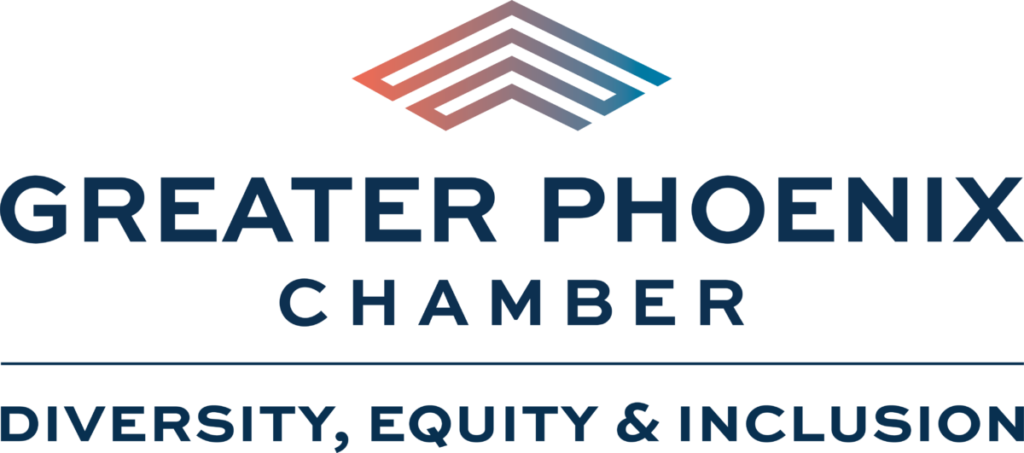By Jeannine Watanabe, DEI Committee member
Have you ever felt unsafe sharing your input in a meeting and decided to stay quiet? You are not alone. The impacts of not being psychologically safe at work has a huge cost to businesses across the globe. Psychological safety is defined as “being able to show and employ oneself without fear of negative consequences of self-image, status or career (Kahn 1990, Psychological Conditions of Personal Engagement and Disengagement at Work p. 708). Said differently, it allows people to bring their whole selves to work in a safe and trusting environment, where they feel respected and accepted. When done well it has great positive impacts workplace effectiveness. It allows companies and teams to embrace healthy conflict to vet various ideas to their benefit, focusing on the idea itself not the person who shared it or the words they used to express themselves. Without psychological safety, companies lose out on moderate risk-taking limiting their ability to adopt new ideas, change and succeed in today’s fast paced global environment.
There are four stages to Psychological Safety according to Dr. Timothy Clark (The 4 Stages of Psychological Safety: Define the Path to Inclusion and Innovation):
Inclusion Safety – the basic human need to belong while being safe being yourself and accepted for your unique personal characteristics
Learner Safety – the need to learn and grow while giving and receiving feedback and making mistakes as part of the learning process
Contributor Safety – your need to make a difference while meaningfully contributing
Challenger Safety – satisfies your need to make things better while challenging the status quo to help improve or change
How to foster a culture of inclusivity to promote Psychological Safety:
- Embrace positive conflict
- Be open as a leader
- Ask people who are quiet to share their thoughts
- Gently ask people who talk more to hold space for those who are longer on thought
- Practice Active Listening and Emotional Agility
- Embrace creative ideas that may go against “how we have always done things.” This is how true change happens.
- Clarify Expectations to Build a Culture of Accountability.
- Create a culture where it is ok to ask for help and not know everything.
- Sharing collaboration and constructive feedback, so the team wins (not the individual) build/s trust with each positive interaction
At the end of the day diversity is a fact but inclusion in a choice. Psychological Safety improves retention of employees and performance of your organization.
Resources to help you:
Harvard Implicit Bias Test (to help understand your biases) –Take a Test (harvard.edu)
Growth Mindset – Growth vs. fixed mindset – how they apply in organizations – Workable
14 Ways to Improve Psychological Safety at Work – 14 Ways You Can Improve Psychological Safety At Work (forbes.com)
Harvard Business Review – 4 Steps to Boost Psychological Safety at Your Workplace (hbr.org)
Psychological Safety Icebreaker: Psychological Safety Icebreaker Exercise and Activity | Workplace Training (symondsresearch.com)


